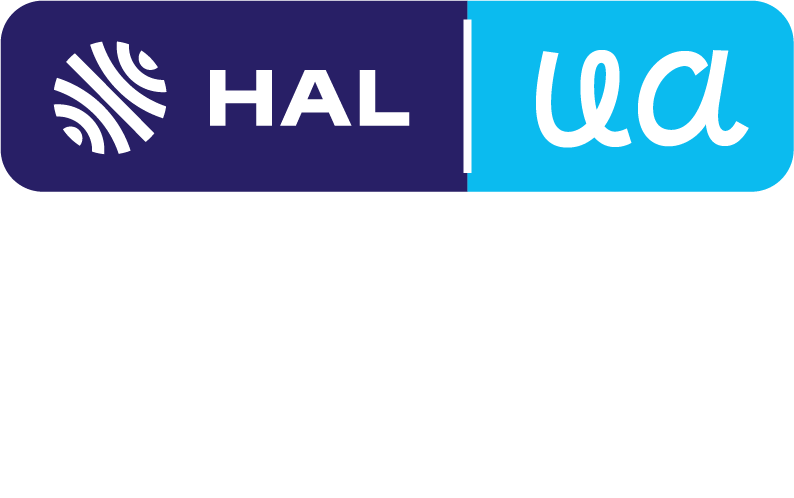Output Floors
Résumé
We examine various implementation issues and challenges related to the calibration of output floors in setting minimum bank capital requirements under the finalized version of the Basel III capital accord. In our view, the main raison d’être of output floors is to limit the capital savings enjoyed by large banks due to regulatory arbitrage under the internal model paradigm. We consider regulatory arbitrage through the bank’s incentive to
optimize its grading system in order to lower as much as possible the capital requirement given the structure of its asset portfolio in terms of internal ratings and default probabilities. Based on a fictional portfolio of French SMEs observed over a full business cycle, we conduct a counterfactual analysis in order to compare the effect of the output floor implemented with respect to various benchmarks: a Basel I-style benchmark and two versions of the revised standardized approach. Our results show that a more risk-sensitive benchmark is likely to reduce the effect of the output floor on the “extra” RWA and, in fine, on the minimum capital requirement. Otherwise stated, the lower the gap between the internally-derived RWA,
subject to regulatory capital arbitrage, and its standardized approach yardstick, the higher the probability that the output floor mechanism becomes less binding or even irrelevant.
Mots clés
Output Floors Adrian POP University of Nantes (LEMNA)
Institute of Banking & Finance
Chemin de la Censive du Tertre BP 52231
44322 Nantes Cedex 3
France Tel.: +33-2-40-14-16-54
fax: +33-2-40-14-16-50. E-mail address: adrian.pop@univ-nantes.fr (Corresponding author) Diana POP University of Angers (GRANEM) 13 Allée François Mitterrand BP 13633
49036 Angers Cedex 01
France Tel.: +33-2-41-96-21-24
fax: +33-2-41-96-21-96. E-mail address: diana.pop@univ-angers.fr 22/02/2022 Abstract: We examine various implementation issues and challenges related to the calibration of output floors in setting minimum bank capital requirements under the finalized version of the Basel III capital accord. In our view
the main raison d’être of output floors is to limit the capital savings enjoyed by large banks due to regulatory arbitrage under the internal model paradigm. We consider regulatory arbitrage through the bank’s incentive to optimize its grading system in order to lower as much as possible the capital requirement given the structure of its asset portfolio in terms of internal ratings and default probabilities. Based on a fictional portfolio of French SMEs observed over a full business cycle
we conduct a counterfactual analysis in order to compare the effect of the output floor implemented with respect to various benchmarks: a Basel I-style benchmark and two versions of the revised standardized approach. Our results show that a more risk-sensitive benchmark is likely to reduce the effect of the output floor on the “extra” RWA and
in fine
on the minimum capital requirement. Otherwise stated
the lower the gap between the internally-derived RWA
subject to regulatory capital arbitrage
and its standardized approach yardstick
the higher the probability that the output floor mechanism becomes less binding or even irrelevant. Keywords: regulatory arbitrage
risk weighted assets
output floor
solvency regulations
Basel capital accords
internal rating systems
standardized approach
